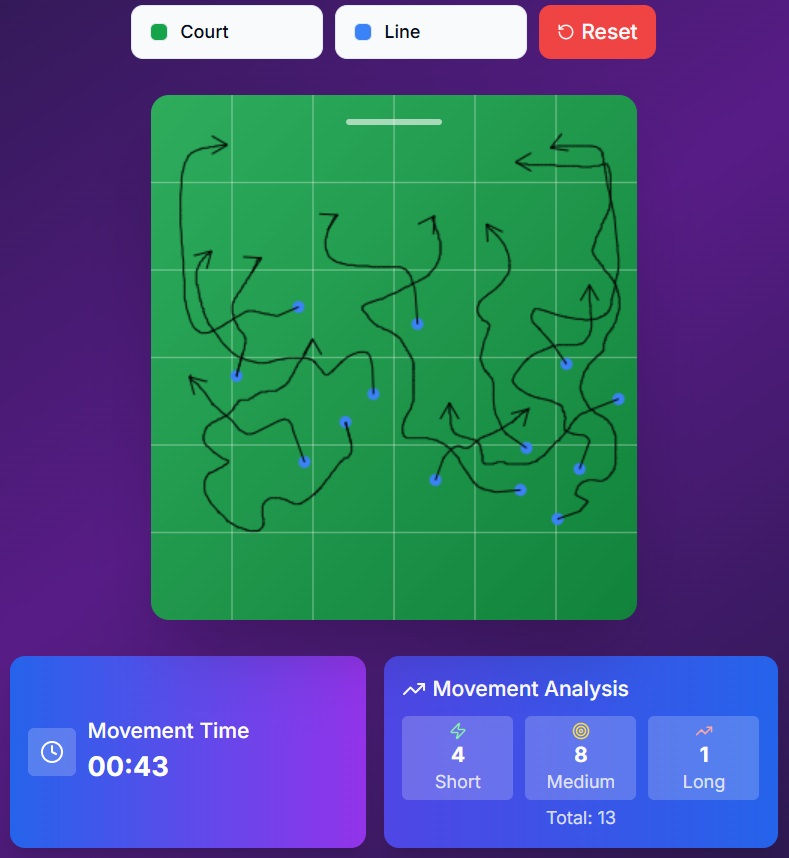Overhand or Underhand? Fast or slow?
- Creative PhysEd
- May 10, 2023
- 1 min read
There's quite a bit to learn about throwing when teaching Fundamental Movement Skills (FMS). Thus, I will be sharing something about that tomorrow. But before I do that, let's take a look at the following excerpt:

“Once you launch the ball, there’s nothing you can do,” said Venkadesan, who worked on the study with L. Mahadevan at Harvard University. “The ball’s just going to carry out the consequences of what you did.”
The ball travels in a nearly straight line in fast throws, so errors in the angle at which the ball is released are amplified; small errors in controlling speed have no effect. The opposite is true for slow and curved flight paths, with small errors in the angle of release having little effect. It’s a trade-off that favors slower throws, said Venkadesan.
“What we find is that almost the slowest arc is often the most accurate,” he said. “We’ve compared these calculations to published data of people throwing into wastebaskets; we’ve compared it to a study on dart throwing.”
Of course, throwing at near-minimal speed wouldn’t work for most baseball pitchers, let alone our rock- and spear-throwing ancestors, whose hunting abilities were crucial to our evolutionary development, he noted.
“You don’t just want to be fast or just accurate, you want to be fast and accurate, and this work tells us that this is particularly challenging. The faster you are, the less accurate you are, so how can we be both?




Comments